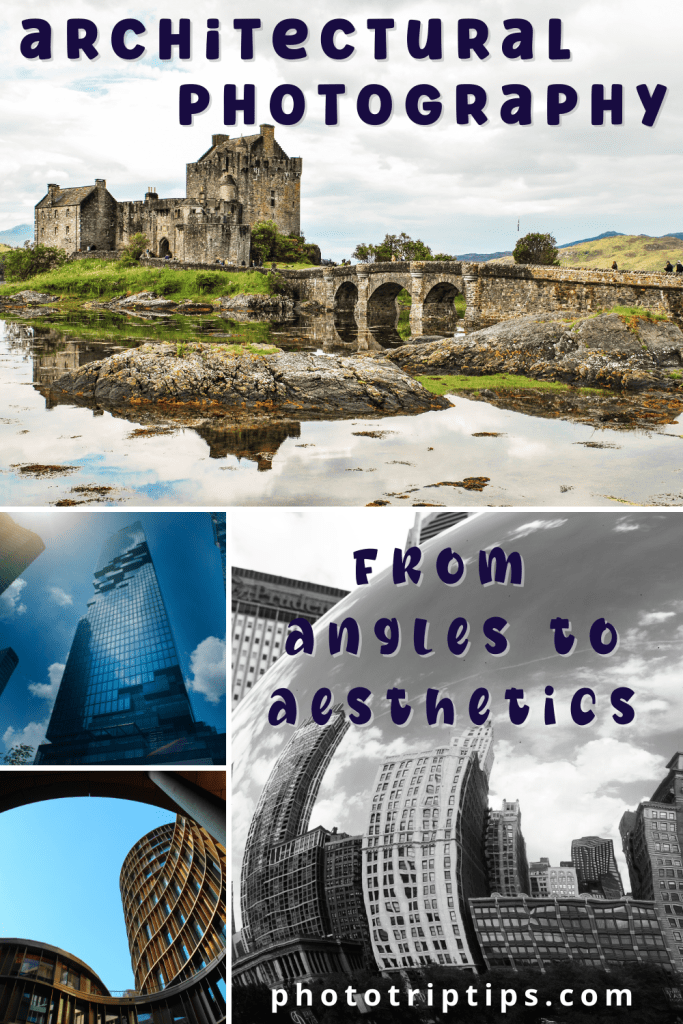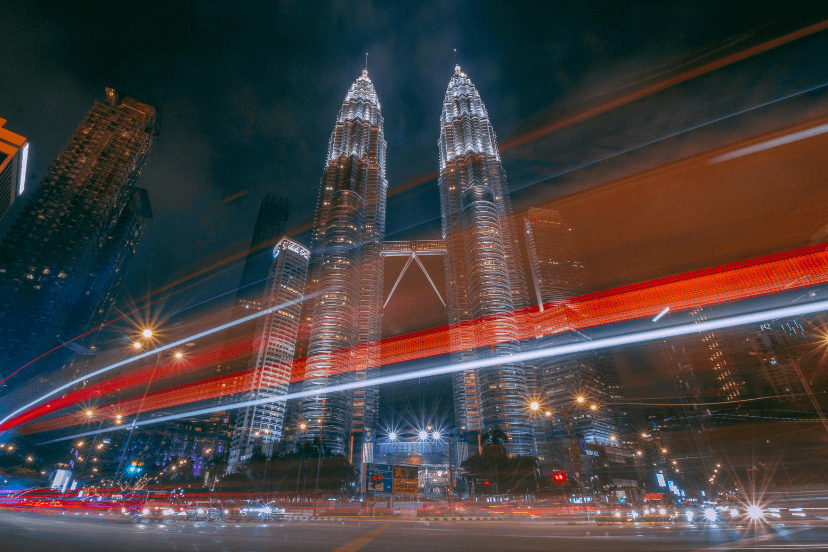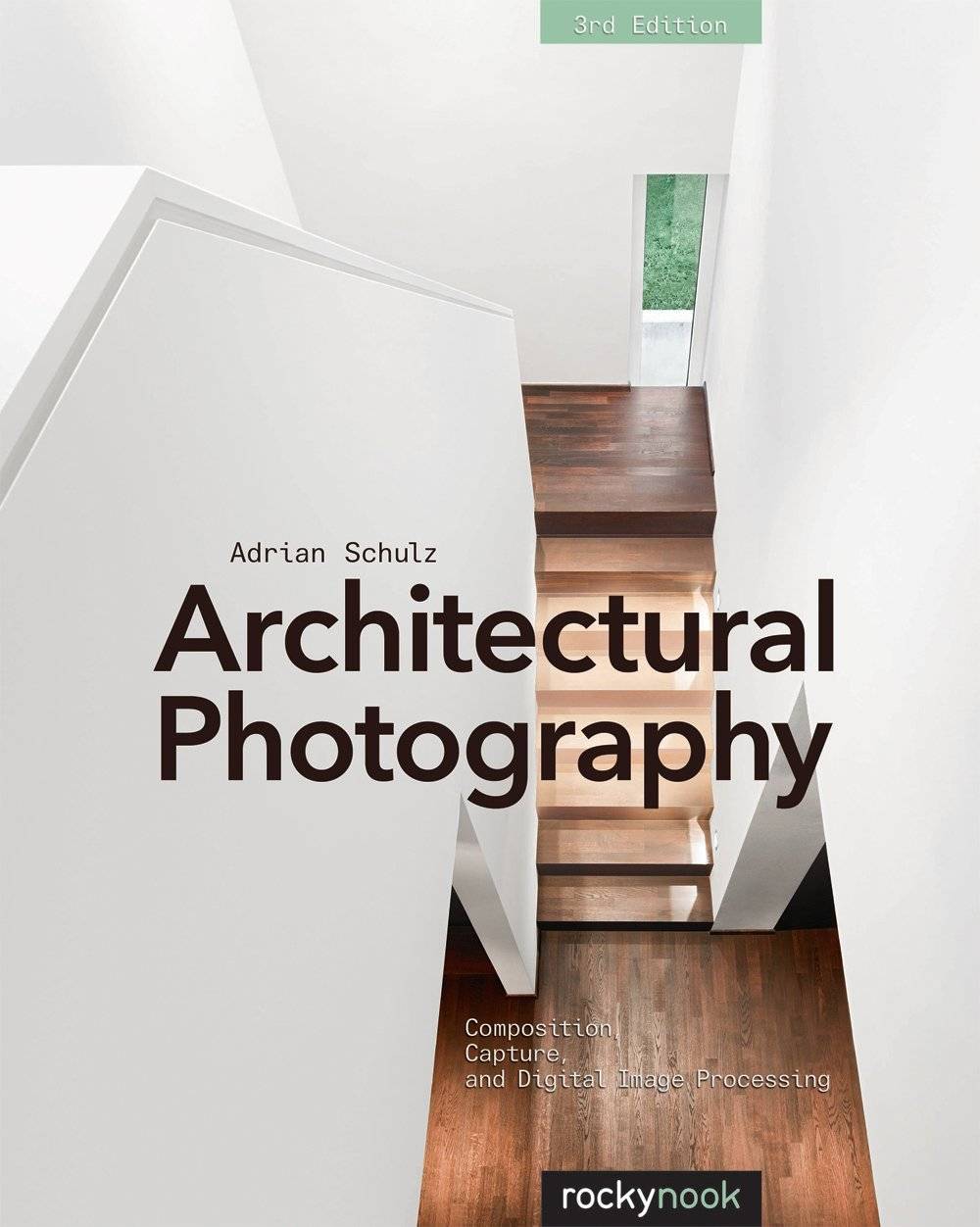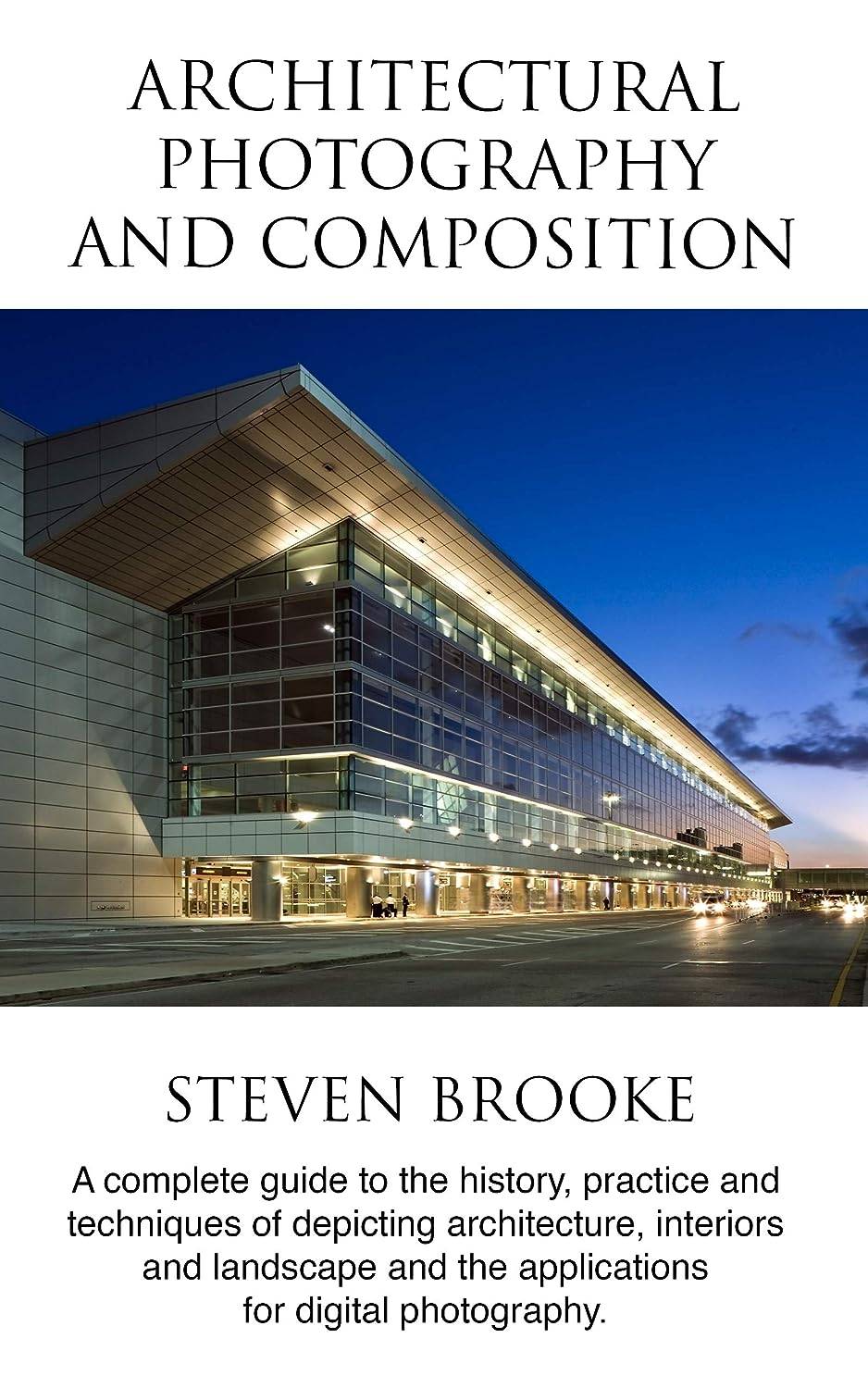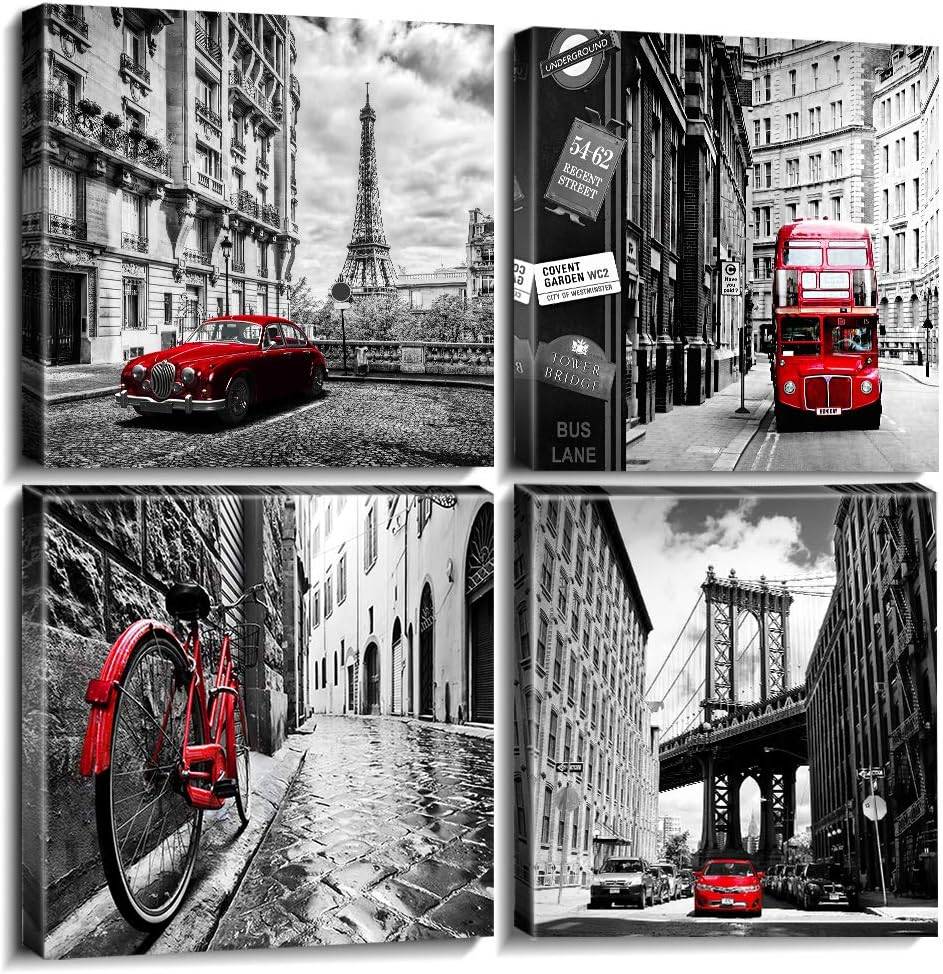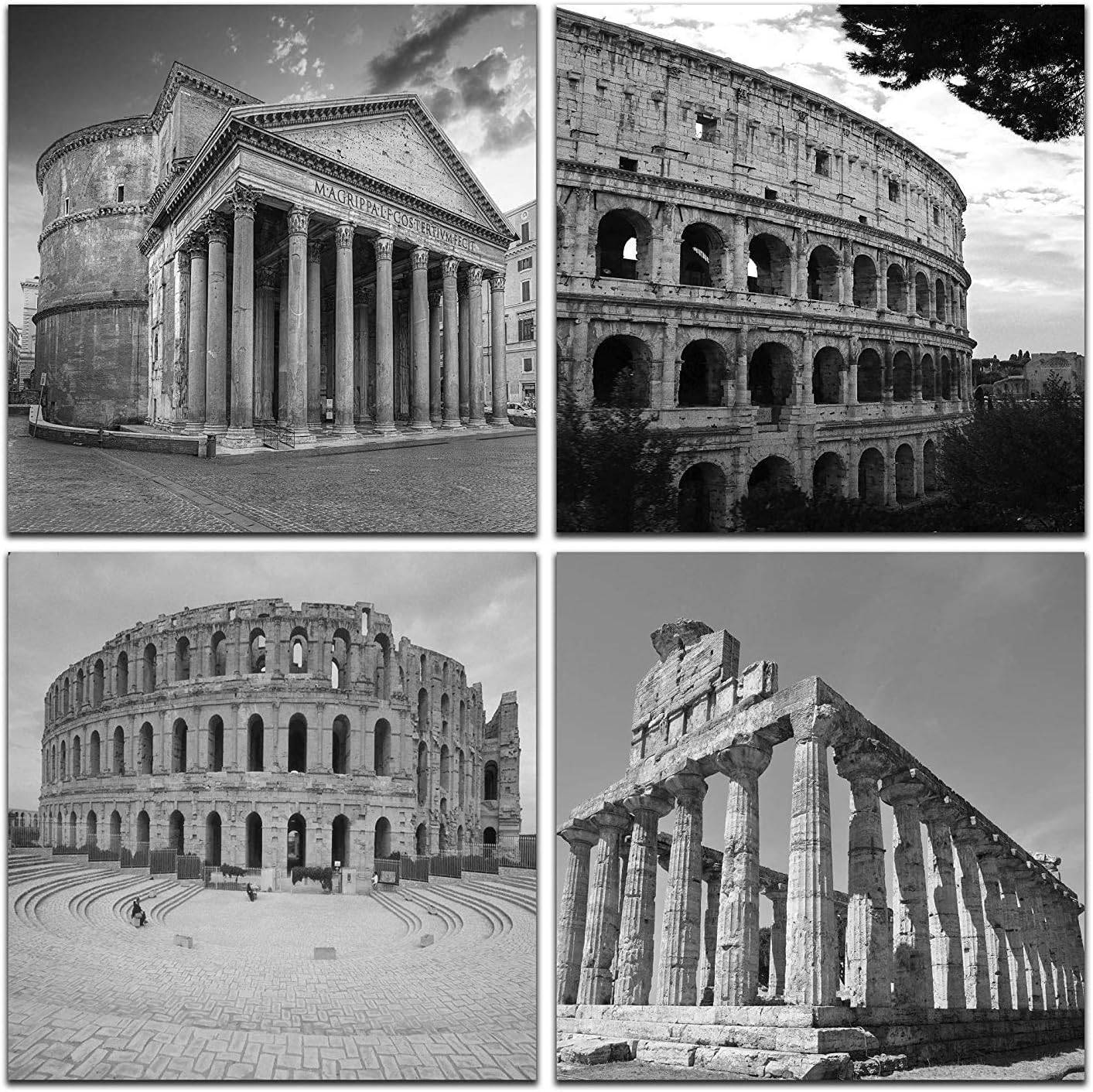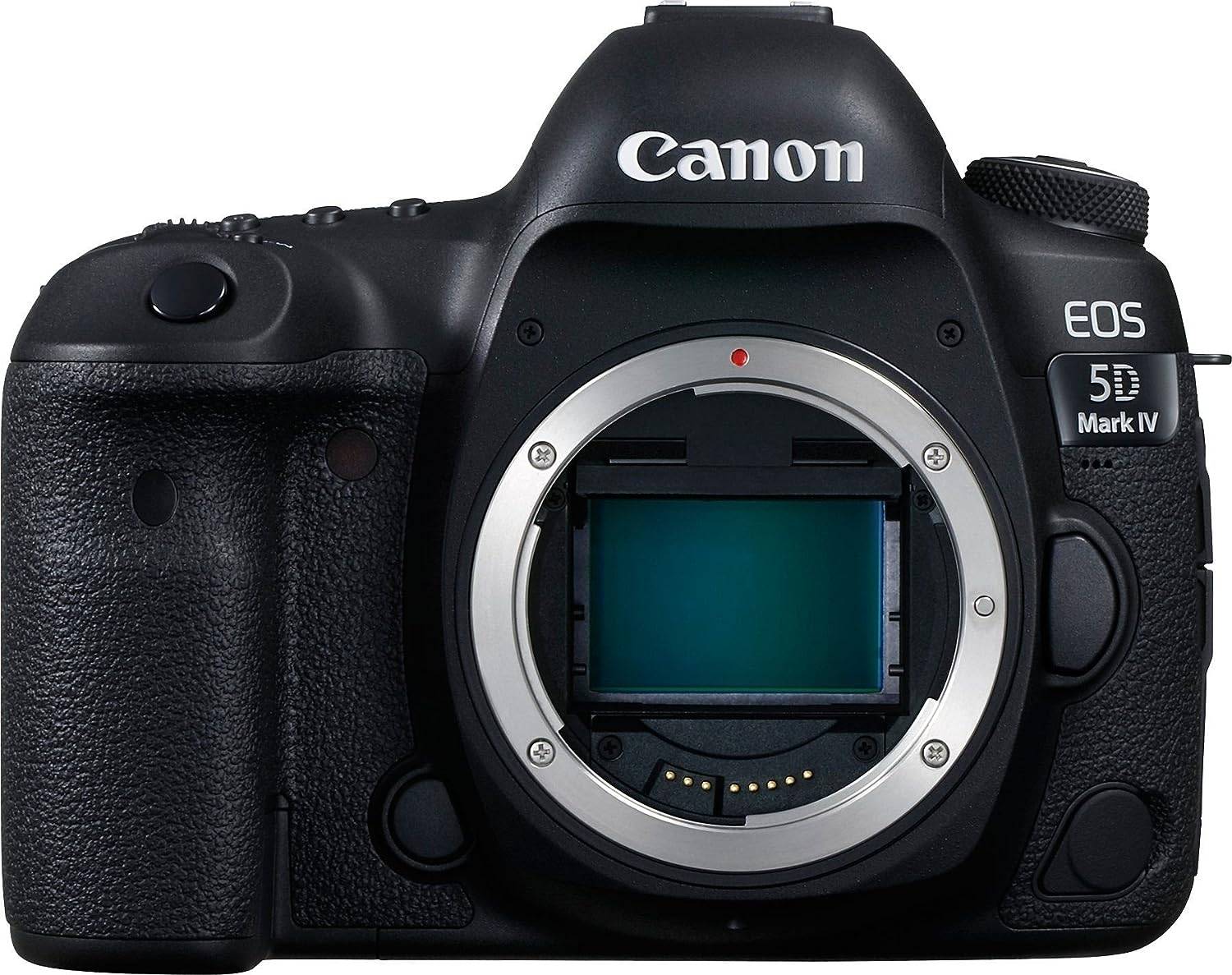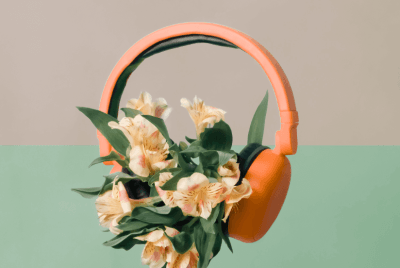Architecture Photography
Exploring the World of Architecture Photography
I have always been captivated by the beauty and grandeur of architectural structures. From the intricate details of historical landmarks to the sleek lines of modern buildings, architecture photography allows me to capture these captivating structures in all their glory. In this article, I will delve into the world of architecture photography, discussing its importance, key elements, techniques, and tips for capturing stunning architectural shots.
I am a participant in the Amazon Services LLC Associates Program, an affiliate advertising program designed to provide a means for me to earn fees by linking to Amazon.com and related sites. This post may contain affiliate links, which means I may receive a commission, at no cost to you, for purchases made using my links. Please see my disclosure to learn more.
Preserving Architectural Heritage Through Photography
Architecture photography plays a crucial role in preserving architectural heritage for future generations. By documenting architectural designs and styles, we can ensure that these masterpieces are not lost to time.
Through photography, we can capture the essence and beauty of buildings, allowing people to appreciate and study them long after they are gone. Whether it’s a majestic cathedral, a historic mansion, or a contemporary skyscraper, each structure tells a unique story, and photography helps in preserving that narrative.

Types of Architecture Photography
When it comes to architecture photography, there are various types and styles that photographers can explore.
One popular type is “Cityscape Architecture Photography,” which focuses on capturing the grandeur of urban landscapes. This may involve photographing towering skyscrapers, iconic landmarks, and bustling city streets.
Another type is “Historical Architecture Photography,” which aims to document and showcase the beauty of historical buildings, such as castles, cathedrals, or ancient ruins. Photographers in this genre often highlight the architectural details and craftsmanship that have withstood the test of time.
“Interior Architecture Photography” focuses on capturing the design and atmosphere of interior spaces, such as museums, hotels, or homes. It involves playing with lighting, angles, and composition to showcase the unique features and ambiance of each space.
Additionally,
“Abstract Architecture Photography” takes a more artistic approach, focusing on capturing geometric shapes, patterns, and textures found in buildings. This style emphasizes the abstract and often transforms familiar architectural elements into visually intriguing compositions.
These are just a few examples of the diverse types of architecture photography, each with its own unique approach and creative possibilities.
Composing Architectural Shots
When it comes to architecture photography, composition is key. Framing the shot properly and considering the elements within the frame can make a significant difference in the final image. Lines, shapes, and symmetry are vital components that add visual interest to architectural photographs. Whether it’s capturing the converging lines of a city skyline or the symmetrical design of a building, these elements help create a visually pleasing composition.
To enhance the impact of architectural shots, it’s important to pay attention to details and textures. Capturing the intricate patterns on a facade or the play of light and shadow on a structure’s surface adds depth and dimension to the photograph. Furthermore, incorporating natural and artificial lighting can transform an ordinary shot into an extraordinary one, highlighting the architectural features and creating a mood that complements the design.
Essential Tools for Capturing Architectural Masterpieces
To capture the true beauty of architectural masterpieces, having the right equipment is essential. A high-quality DSLR or mirrorless camera is the foundation for architecture photography, allowing for precise control over settings and capturing images in RAW format. When it comes to lenses, wide-angle lenses are particularly useful for capturing the grandeur and scale of buildings.
In addition to the camera and lenses, a sturdy tripod is a must-have tool for architecture photography. It provides stability and allows for longer exposure times, especially useful when shooting in low-light conditions. A remote shutter release or a timer function helps to minimize camera shake and capture sharp images. Filters, such as polarizing and neutral density filters, can also be used to manage light and reflections in architectural photography.
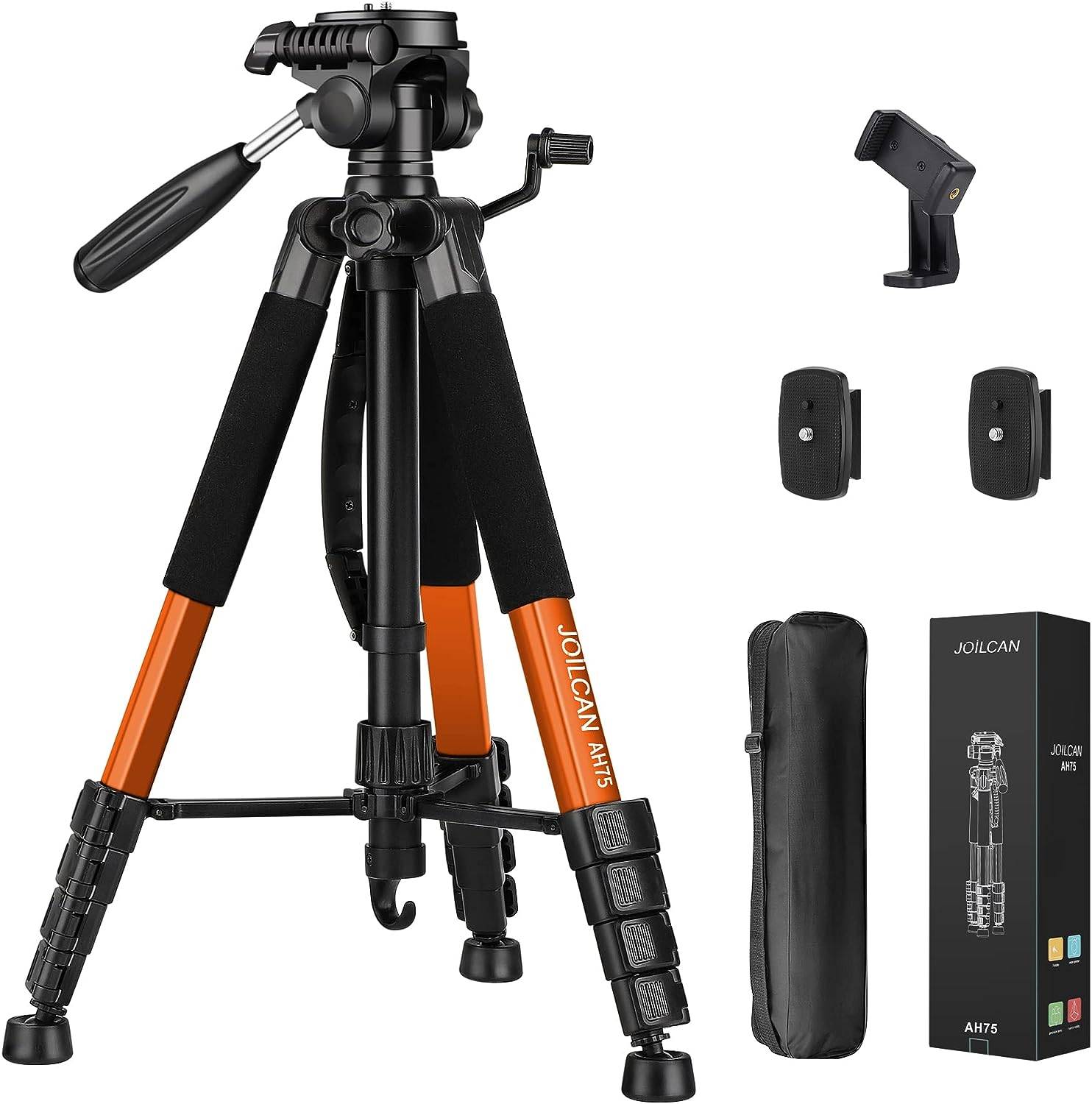
Tripod Camera Tripods, 74″ Tripod Stand for Camera Phone
Upgraded trapezoidal flap lock tripod adjusted freely from 19″ and 74″ in a few seconds to meet different height requirements for variety of shooting environments and photography needs.
Post-processing software, such as Adobe Lightroom or Capture One, is another valuable tool for architectural photographers. It allows for fine-tuning the images, adjusting exposure, enhancing colors, and correcting lens distortions. Post-processing can elevate the overall quality of the photographs and bring out the best in architectural details.
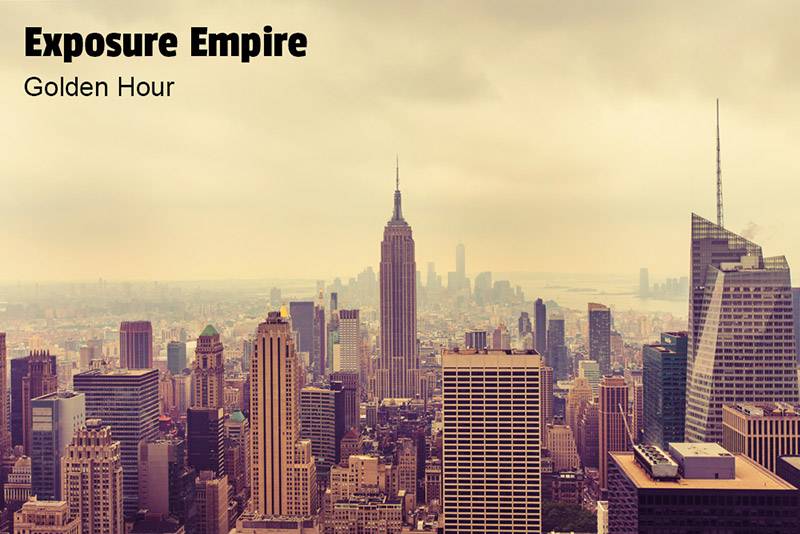
FREE Golden Hour Preset for Adobe Lightroom & Adobe Photoshop
With this free preset/action you can give your photos a golden hour like appearance with warm tones. Like all of our presets and actions, it works with Lightroom 4, 5, 6, and CC as well as with Photoshop CC, CC 2014, and CC 2015.
Mastering Architectural Photography Techniques
Capturing stunning architectural shots requires a combination of technical skills and artistic vision. Timing and weather conditions play a significant role in architectural photography. The golden hours, during sunrise and sunset, offer soft and warm light that enhances the details and adds a pleasing glow to the structures. Additionally, shooting on a cloudy day can help diffuse the light, reducing harsh shadows and creating a more even exposure.

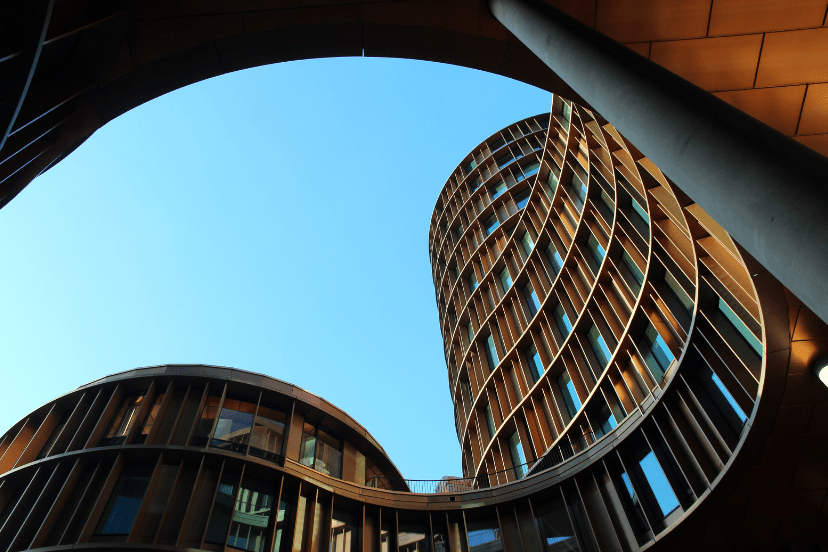
To add visual interest to architectural photographs, exploring different perspectives and angles is crucial. Experimenting with high and low viewpoints, shooting from unusual vantage points, or incorporating reflections and shadows can result in unique and captivating images. Including people in the frame can provide a sense of scale and context, emphasizing the grandeur or intimacy of a particular architectural space.
Sharing the Beauty of Architecture with the World
Once we have captured the beauty of architecture through photography, it’s important to share it with the world. Creating an online portfolio or website dedicated to architecture photography allows us to showcase our work to a wider audience. Sharing images on social media platforms and engaging with architectural photography communities can help gain recognition and feedback from fellow photographers and enthusiasts.
Furthermore, entering photography competitions and exhibitions can provide opportunities to have our work recognized by industry professionals and the public. Collaborating with architects, publications, or organizations focused on architecture can lead to exciting projects and opportunities to showcase our skills and passion for architecture photography.
Overcoming Obstacles and Improving Skills
Like any form of photography, architecture photography comes with its challenges. One common issue is perspective distortion, especially when photographing tall buildings. Correcting this distortion can be achieved through using tilt-shift lenses or correcting in post-processing.
Managing exposure and dynamic range can also be challenging, particularly when dealing with high contrast scenes. Utilizing techniques like bracketing and HDR (High Dynamic Range) photography can help capture a wider range of tones and details in both the highlights and shadows.
Low-light conditions can present difficulties in architecture photography, especially when shooting interiors or capturing cityscapes at night. Using a tripod, adjusting the camera settings for longer exposures, and even considering light painting techniques can help overcome these challenges and capture stunning low-light architectural shots.
Improving architecture photography skills involves continuous learning and seeking inspiration from professional photographers specializing in this field. Analyzing their work, attending workshops or online courses, and experimenting with different techniques can contribute to honing our skills and developing a unique style in architecture photography.
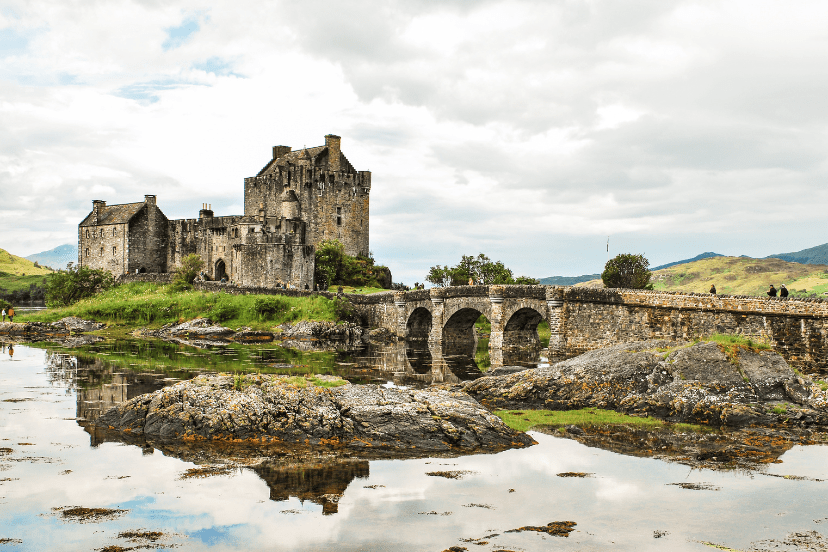
Final Thoughts about Architecture Photography
Architecture photography is a captivating and rewarding genre that allows us to capture and preserve the beauty of architectural structures. By understanding the key elements, utilizing proper techniques, and investing in the right equipment, we can create stunning images that showcase the architectural wonders around us. Through composition, lighting, and attention to detail, we can bring out the essence and uniqueness of each structure, preserving them for future generations to admire.
Sharing our work with the world, whether through online portfolios or collaborations, allows us to inspire others and create a sense of appreciation for architectural beauty. Overcoming challenges and continuously improving our skills through learning and experimentation enables us to capture breathtaking architectural shots that evoke emotions and tell stories.
So, grab your camera, explore your surroundings, and embark on a journey to capture the awe-inspiring world of architecture through photography.
FAQs (Frequently Asked Questions)
- What is the best camera for architecture photography?
When it comes to architecture photography, a camera with a high resolution and good dynamic range is preferred. Some popular options include full-frame DSLR cameras like Canon EOS 5D Mark IV and Nikon D850, as well as mirrorless cameras like Sony A7R III.
- How can I improve my composition skills in architecture photography?
Improving composition skills in architecture photography involves studying and understanding the principles of composition, such as the rule of thirds, leading lines, and symmetry. Analyzing the work of renowned architectural photographers and practicing framing and composing shots will help develop a keen eye for capturing visually appealing images.
- Is post-processing necessary for architectural shots?
Post-processing is not mandatory, but it can greatly enhance the quality and impact of architectural shots. It allows for fine-tuning exposure, adjusting colors and tones, and correcting lens distortions. However, the extent of post-processing is a matter of personal preference and artistic style.
- Can I shoot architecture photography with a smartphone?
Yes, smartphones with advanced camera capabilities can be used for architecture photography. While they may not offer the same level of control and image quality as dedicated cameras, smartphones can still capture impressive architectural shots. Utilizing manual controls, HDR mode, and editing apps can further enhance the results.
- How can I find architectural photography opportunities in my area?
Exploring your local area is a great way to discover architectural photography opportunities. Visit historical sites, modern landmarks, and unique buildings. Research local architectural events, exhibitions, and competitions. Connect with architectural organizations and engage in online communities to stay updated on potential photography opportunities.
